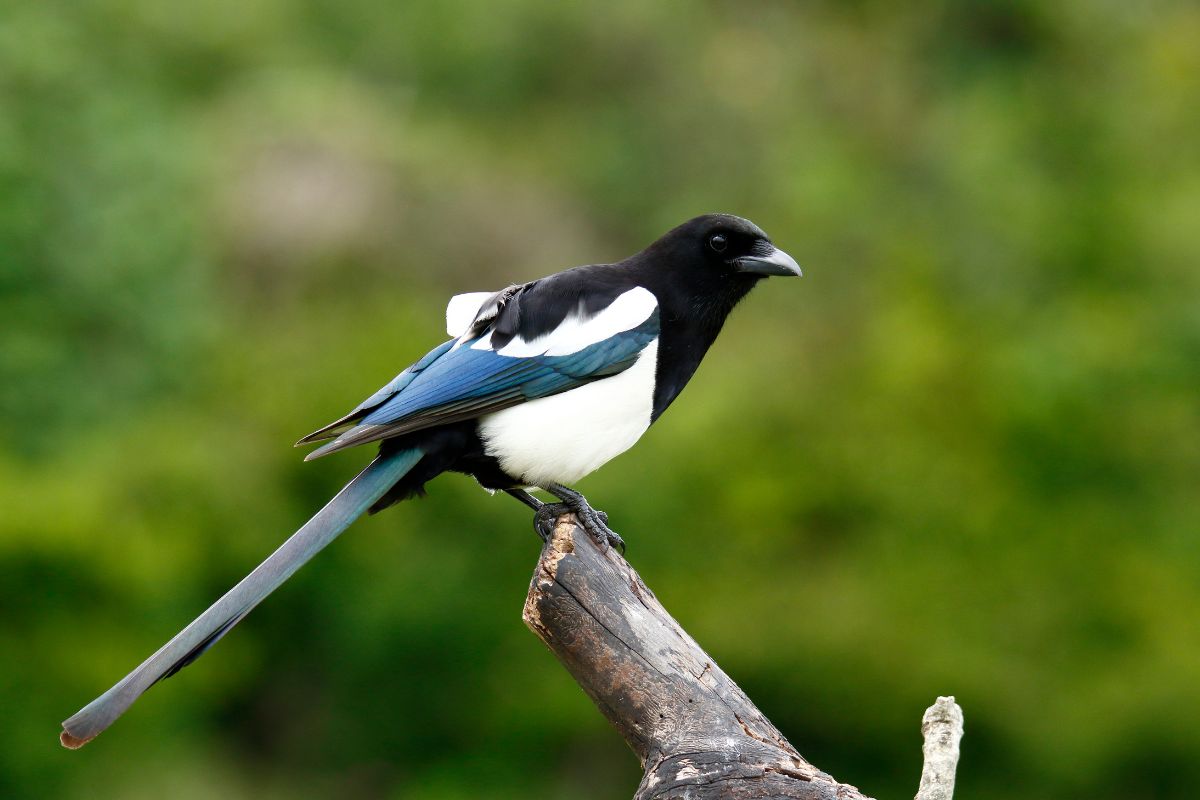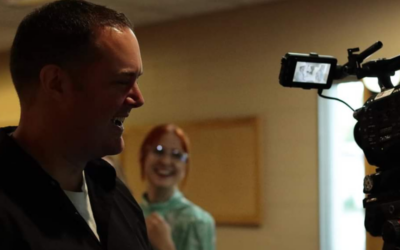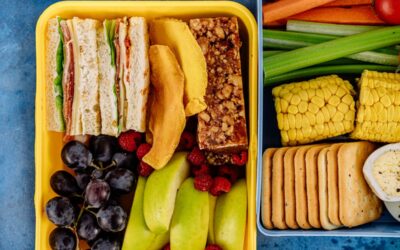To say I love the unique, forgotten and under-appreciated is an understatement, so my dedication to Edmonton’s least-liked birds should come as no surprise. Magpies, pigeons and house sparrows–you can find these birds all over Edmonton. Although they’re nothing more than a nuisance to many Edmontonians, I find myself stopping to advocate for the good qualities of hated birds when people start to criticize them. Here’s why you should treasure them, too.
The magpies of Edmonton are easily one of my favourite hated birds. They’re so common that CBC has even coined Edmonton as “Canada’s magpie capital.” We have all year to appreciate the way their black, blue and green spots shine, and they have this adorable talent of fluffing themselves into a ball shape. Because they’re from the Corvidae family of birds, they are incredibly intelligent. The Alberta Government describes magpies as both important and potentially annoying neighbours who control the amount of insects and decaying animals around us. Magpies, along with birds such as seagulls, clean up lots of human waste; they will eat essentially anything, including trash. I have witnessed that they are also incredibly passionate parents and will defend their babies with pride. The government warns of potential attacks if you stray too close to a new family of these birds. While that can be alarming to experience, they simply want what’s best for their baby. I admire that kind of love.
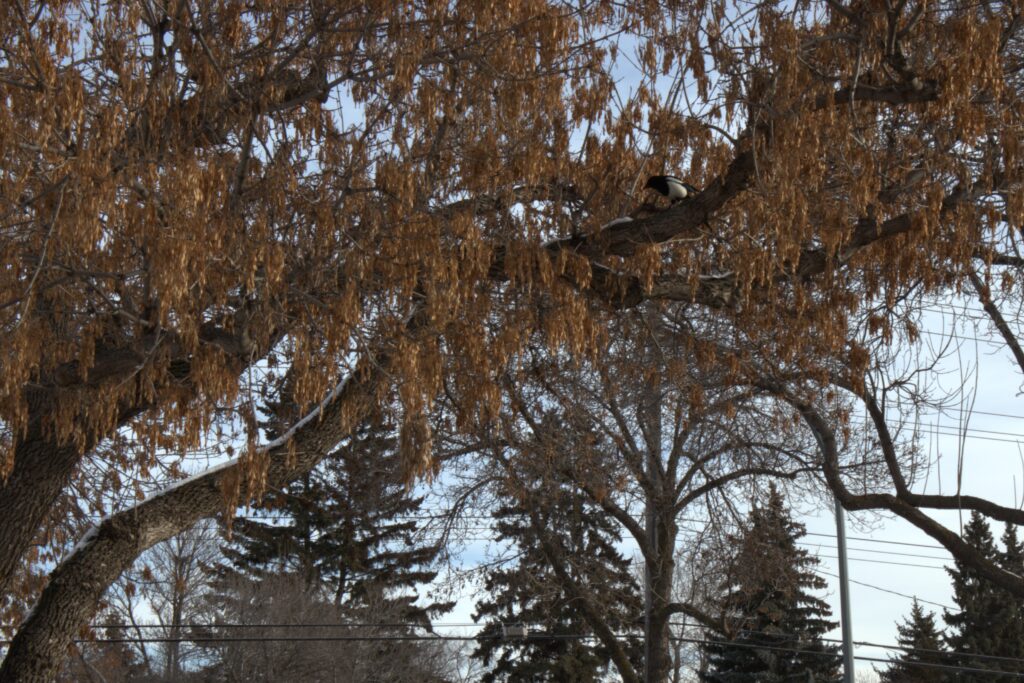
Pigeons are another bird that I adore, and everybody else seems to hate. But what if I told you that doves and pigeons are the same? Pigeons have enriched human lives in some fantastic ways outside of their beauty and lovely call. Pigeons are selectively bred and purchased for pigeon racing in the present day – sometimes, they sell for big bucks. A racing pigeon named New Kim sold for $1.9 million USD in 2020. There are hobbyists in the Edmonton area with 1100 members in one Facebook group titled Edmonton Racing Pigeons. While pigeon racing is unique, I find the past usage of pigeons as couriers much more commendable.
My favourite article by Vintage Wings of Canada tells the heroic story of Winkie, a Dickin Medal-winning pigeon. Winkie flew approximately 193 kilometres home from a plane that took a water landing, navigating the night skies covered in oil. Even though she didn’t have a message, her arrival indicated something was wrong, and four crew members were saved because of her odds-breaking touchdown. Pigeons like Winkie made up over half of the animals awarded with the Dickin Medal for work in the Second World War. This is an incredible achievement for these birds, and less than 100 animals have received this honour to this day. When I see pigeons in the street today, I think of their bravery.
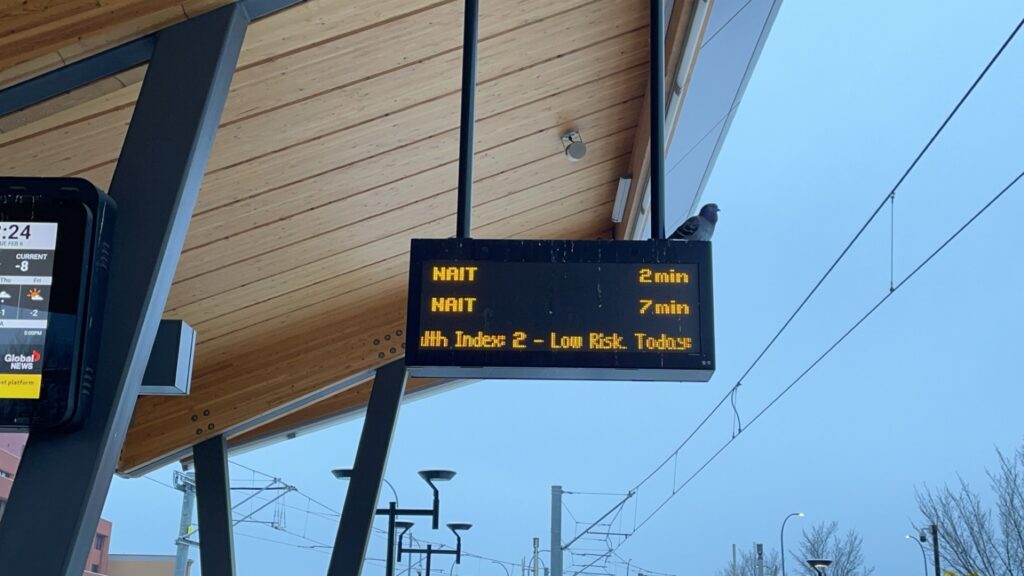
Now let’s talk about house sparrows, those small brown birds that you see everywhere. They are an invasive species to Edmonton, so I’ll discuss what makes them so successful at sinking their little talons into our ecosystem. House sparrows are described by the Alberta Institute for Wildlife Conservation (AIWC) as birds that have a broad range of foods and habitats and live easily amongst people. The AIWC even states that “without humans, they have been known to go extinct.” Also, from the AIWC, the house sparrow is known to fight other birds and steal nesting space and is a superstar at reproducing. In a document from the Alberta Government, they explain that the house sparrow is able to breed year-round and lay eggs more than once in a typical breeding season.
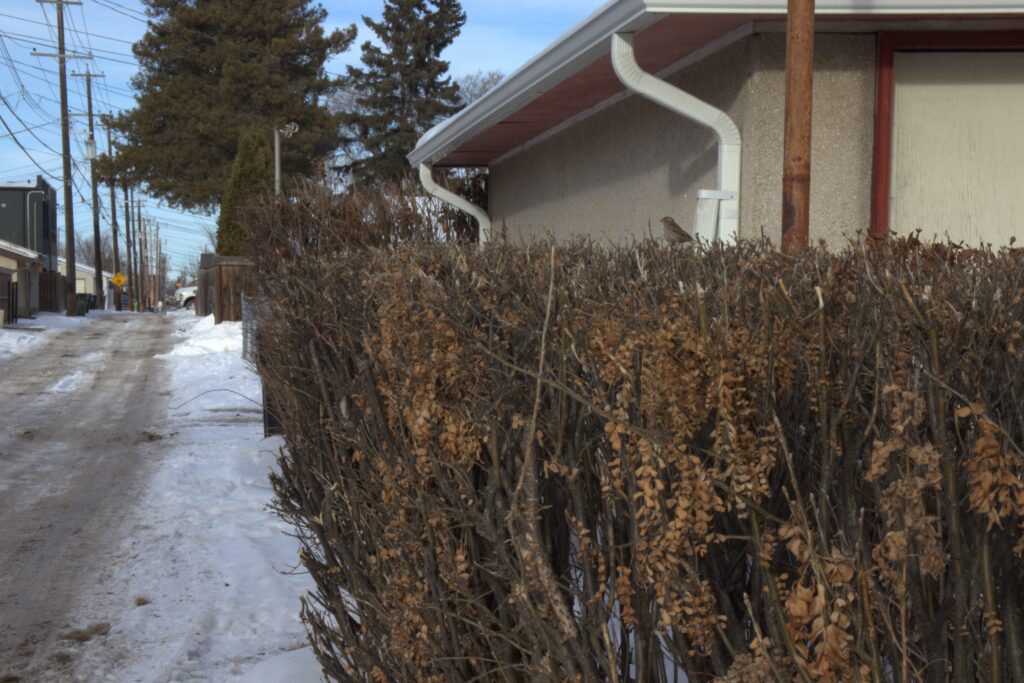
While that is incredibly helpful to their invasive and destructive cause, I believe the sparrow’s greatest success lies in their ability to eat what humans discard, like other birds that thrive in Alberta. Since the sparrows rely heavily on human activity, I expect their populations will trail closely behind the rise of human populations and the increase of food and waste production required to support more people. I am not a supporter of invasive species, as I understand their damage to local ecosystems, but I have to give credit where credit is due. These birds have incredible tenacity – just like your average Canadian. We are all living where the cold hurts our faces. The enchanting twitter of house sparrows doesn’t make them a good survivor, but it does make a slightly more pleasant neighbour.
These are just a few of the many reasons to appreciate Edmonton’s birds. Admiring them on campus has made me feel so much closer to the NAIT community. Check out the pedway between Y and W or the courtyards for a chance to spot some of these birds. Perhaps you don’t quite like them yet, but I’m sure that you will soon if you look a little closer. Turkeys, however…well, you can have that hill to die on.

